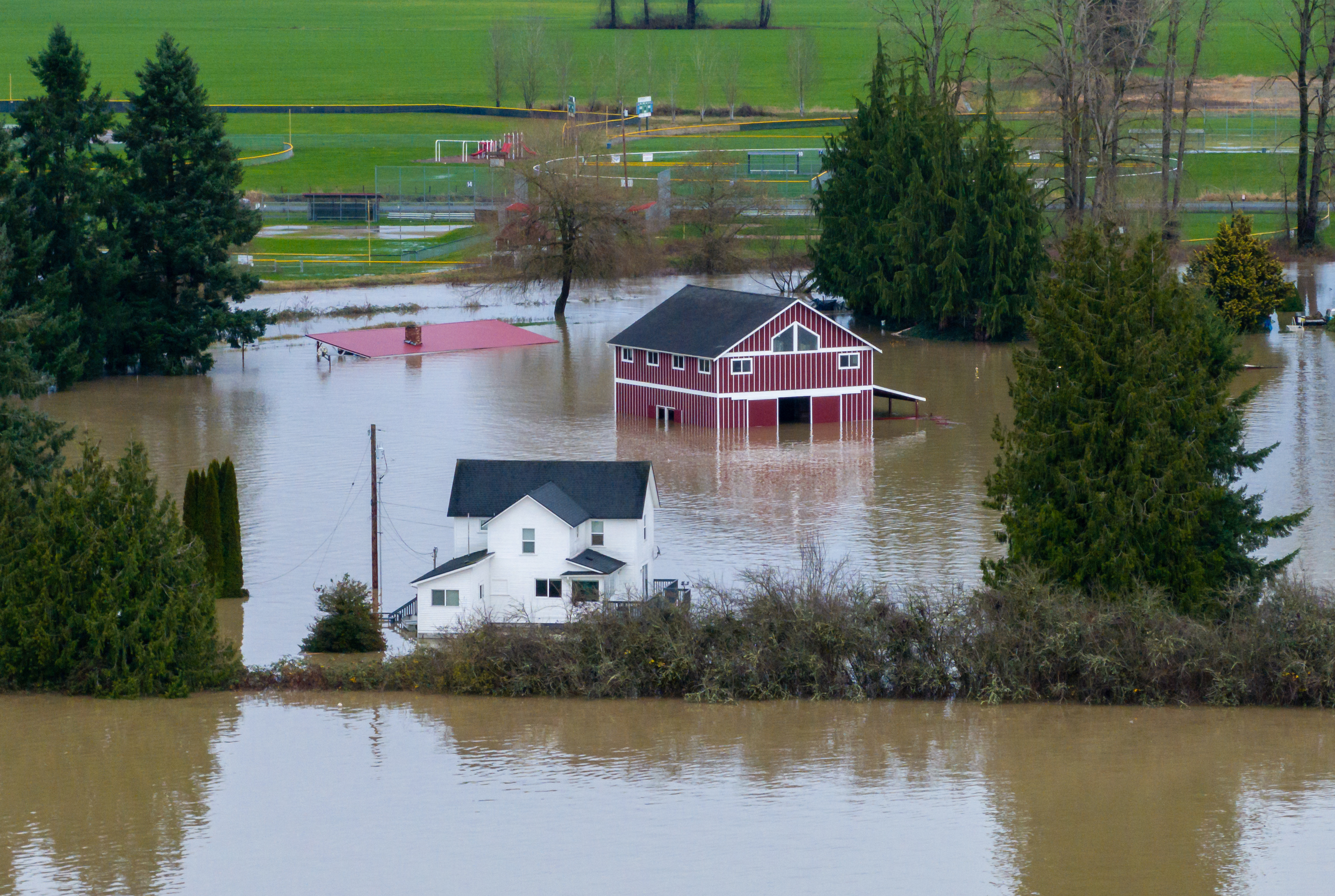The number of Americans seeking unemployment benefits rose last week from the lowest point of the pandemic, even as the job market appears to be rebounding on the strength of a reopened economy.
The Labor Department said Thursday that jobless claims increased last week to 419,000, the most in two months, from 368,000 the previous week. The number of first-time applications, which generally tracks layoffs, has fallen steadily since topping 900,000 in early January.
Economists characterized last week's increase as most likely a blip caused by some one-time factors and partly a result of the inevitable bumpiness in the week-to-week data. Applications for jobless aid jumped last week, for example, in Michigan, where GM has announced that it's shutting down truck production because of supply shortages.
Americans are shopping, traveling and eating out more as the pandemic has waned, boosting the economy and forcing businesses to scramble for more workers.
Companies have posted the highest number of available jobs in the two decades that the data has been tracked.
Hiring has picked up, though businesses say they often can't find enough employees at the wages they're willing to pay.
Complaints by companies that they can't find enough workers have led 22 states to prematurely end a $300-a-week federal unemployment benefit, which comes on top of state jobless aid.
Twenty states have ended their participation in two other federal programs — one of which provides benefits to the self-employed and gig workers and and another that serves people who have been out of work for six months or longer.
The early cut-offs of expanded unemployment aid have contributed to a steady decline in the number of people receiving unemployment benefits.
That number fell to 12.6 million in the week ending July 3, the latest period for which data is available, down from 13.8 million the previous week. More than 600,000 recipients of unemployment aid were cut off in Texas alone.
The long-term decline in applications for jobless aid coincides with accelerating economic growth. The U.S. economy is thought to have expanded briskly during the April-June quarter as Americans, flush with cash from stimulus checks and from stock market and home equity, stepped up their spending.
The June jobs data also suggested that workers were enjoying an advantage as companies, desperate to fill positions, offered higher wages. Average hourly pay rose a solid 3.6% compared with a year earlier. That said, the economy still has 6.8 million fewer jobs than it did before the virus erupted in March of last year.




 The Future Of Work Post-Pandemic: In The Office, Remote, Hybrid?
The Future Of Work Post-Pandemic: In The Office, Remote, Hybrid? Chipotle Ups Menu Prices To Fund Wage Increase
Chipotle Ups Menu Prices To Fund Wage Increase






